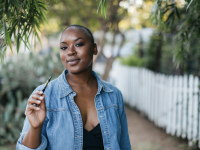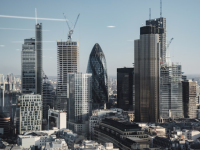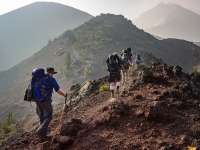Trying a different coffee varietal in the morning is a great way to start your day. Most coffee varietals are offshoots of Arabica beans, which originate in Ethiopia. Today, Colombian coffee varietals are readily available, complex, and varied. Instead of picking up a can of store-brand coffee, treat yourself to gourmet Colombian varieties.
Typica Varietal
Now commonly known as Arabica, Typica is the original varietal of coffee beans grown in Ethiopia. It is now known to grow around the world, in Colombia and elsewhere. Every other coffee bean variety stems from this original bean. The yield from this original coffee plant is low, but the beans produce a sweet cup with a complex flavor.
Bourbon Varietal
These coffee beans have nothing to do with the liquor but were first cultivated on the Island of Bourbon. It’s now called Reunion Island, and it’s located in the Indian Ocean. From there, Bourbon coffee plants were introduced to South America in the mid-1800s. This is a high-altitude bean, best grown at altitudes between 35,00 and 6,500 feet above sea level. Bourbon varietal coffee beans produce an amazingly complex cup with a bold but balanced acidity.
Mundo Novo Varietal
This natural hybrid between Typica and Bourbon first emerged in Brazil during the mid-20th Century. The Mundo Novo coffee variety grows best at lower altitudes of 3,300 to 3,600 feet above sea level. Mundo Novo brews a sweet, delicious cup of coffee with low acidity. It’s an uncommon coffee varietal that could become a favorite.
Caturra Varietal
A naturally occurring mutation of the Bourbon varietal, Caturra coffee bean plants are known for their high yield. But, while the Caturra varietal produces more beans, it’s also a shorter, more compact tree. That makes it easier to pick the beans. As a result, the Caturra varietal is among the most widely planted in Colombia and South America. Caturra beans produce a cup with a medium body and bright acidity.
Catuai Varietal
This varietal is a hybrid of Caturra and Mundo Novo originating from Brazil. Catuai coffee trees are very resistant to the harsh weather conditions of higher altitudes. This varietal is widely grown in Brazil, Colombia, and other high-altitude areas of Central America. If you like a cup of coffee with high acidity, Catuai might be for you.
These are just five of the available Colombian coffee varietals you’ll find at your local coffee roastery or online shops that offer Colombian whole bean coffee. Others include the Pacas varietal and the deliciously sweet Maragogype coffee varietal.
Roasting Your Own Coffee
Knowing what kind of coffee is important. However, you can still take a closer look at your coffee. Most of the coffee you buy from a grocery store is already roasted or roasted and ground. This is a convenience that coffee companies do for consumers so that consumers do not have to roast their own coffee every morning before they brew it or grind and brew it. Yet, you pay for this convenience, so maybe you would want to learn how to roast your own coffee beans. Here is how local coffee roasters do it, and how you can too.
Buy Green Coffee Beans
Green coffee beans are plucked from the coffee cherry. Despite the fact that the beans are called green, they are not really green at all. They are more of a dirty, off-white color. They are referred to as green because roasted beans are varying shades of brown and black. It is much the same way as olive oil is referred to as “extra virgin” versus “cold-pressed.” The extra virgin olive oil is taken straight from the olives and left unprocessed. So, too, are the green coffee beans.
You can buy green coffee beans from growers in various countries. The beans themselves have been dried in the sun and will be hard. They are ready for roasting when they arrive at the coffee shop (or your doorstep). The coffee shops that roast their own buy green coffee beans by the fifty- or hundred-pound bags and store them in cool, dry places where they will not begin to grow shoots before they can be roasted.
Into the Roaster
Coffee houses have custom-made bean roasters into which the bags of green coffee beans are poured. They set the timers on the machines, and the machines heat up to a specific temperature and roast the beans for that time. The darker the roast, the longer the beans sit in these roasters and are stirred to prevent burning. The varying levels of roasting gives you a lighter or darker flavor of coffee.
At home, you should probably start with the smallest bag of beans possible so that you do not have to spend an entire day roasting beans to prevent coffee tree seedlings. Anything that cooks at a really high temperature, such as your oven, a steam popcorn popper, etc., works. In your oven, lay the beans out on a cookie sheet, and bake them at a high temperature for ten minutes for lighter beans, and up to twenty minutes for darker roasts. Use the same amount of time if you put the beans in any other kind of machine.
Cool and Bag the Beans
The coffee shops have to carefully remove the roasted beans from their roasters and let the beans cool. Then the beans are bagged and sealed. At home, you have to do the same thing. Just make sure your bags are airtight to prevent the beans from becoming stale.


















